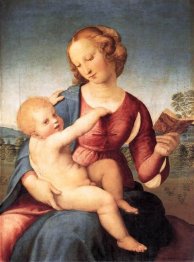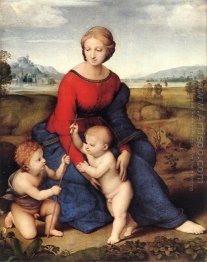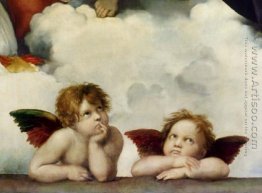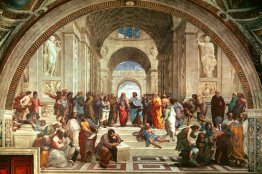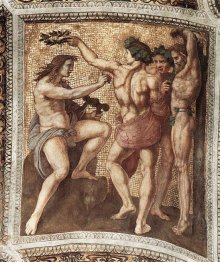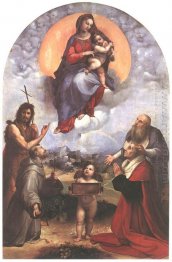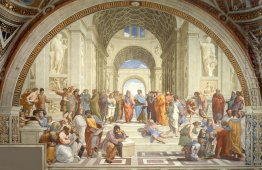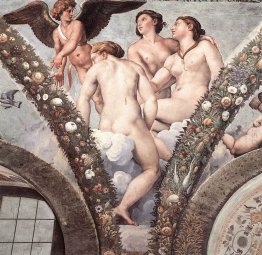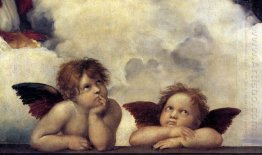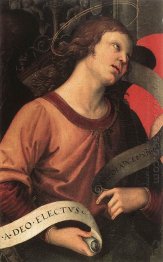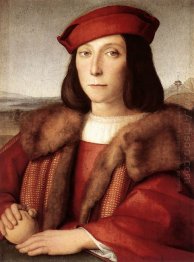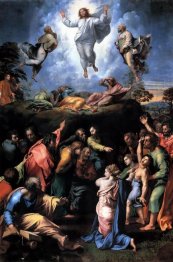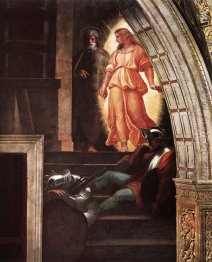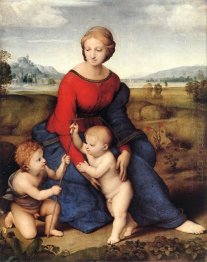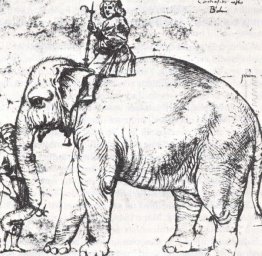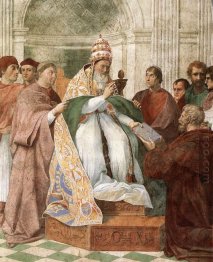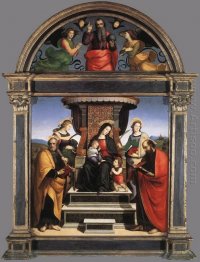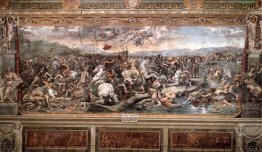Raphael
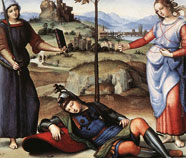
Raphael is one of the great masters of painting. His full name is Raffaello Sanzio da Urbino, but he is better known merely as Raphael.
Raphael was born in Urbino, Italy in 1483. He lived a short life, passing away at the age of 37, but his contribution to the art world is unparalleled. Raphael's mother died when he was eight years old and his father died four years later. Raphael's paternal uncle became his guardian. During these early years, Raphael already showed great artistic talent. This was evident when he created a self-portrait when he was a teenager.
Raphael worked as an apprentice for Pietro Perugino and the early Raphael paintings show the influence of this Umbrian master - Raphael paintings were painted with similar techniques. He earned the “Master” title in 1501, when it was deemed that he was fully trained. Raphael's work for the church of Saint Nicholas of Tolentino – the Baronci altarpiece – is believed to be the first work of Raphael that was documented.
Raphael liked to move around and many Raphael paintings reflect this nomadic lifestyle. He often worked in Florence and sometimes incorporated Florentine art into his style. Art historians believe that Fra Bartolomeo, who was his friend, influenced some of his work. But perhaps, the greatest influence to his art was from the master himself, Leonardo da Vinci. Raphael paintings began to show signs of this influence from Da Vinci when he started to paint his figures in complex poses. His subjects usually composed of nude men – which were popular subjects at the time. To prove Da Vinci's influence, Raphael worked on a portrait that resembled the composition of Leonardo's masterpiece – the Mona Lisa. Despite these influences, it should be noted that Raphael paintings still had a distinct Raphael style. While the figures of his subjects were decidedly improved on by his training under Da Vinci, he still managed to keep the soft lighting of his paintings, which he learned from Perugino.
Raphael lived out the rest of his days in Rome, where he created work for the Vatican. During this period, Raphael paintings were seen to be influenced by the works of Michelangelo, mostly because of the latter's work in the Sistine chapel. Raphael paintings continued to show a unique composition of gathering inspiration from these artists, and from his ownstyle. The results werepriceless paintings that seem to have been bestowed by the Art Gods.





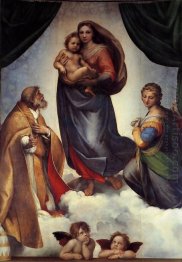

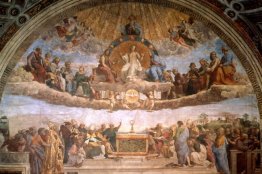


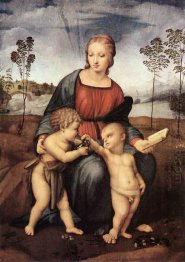

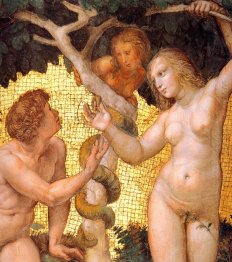
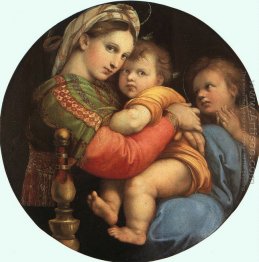

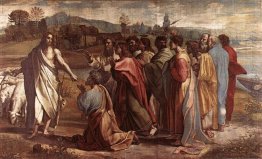






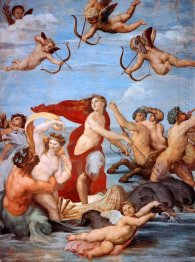
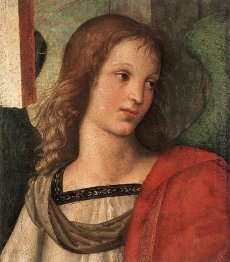
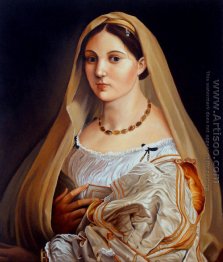

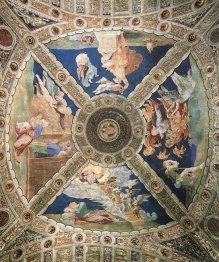

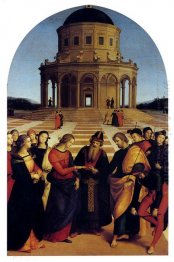
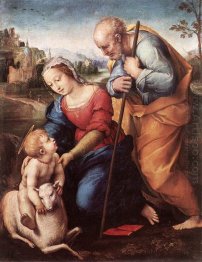

![The School of Athens [detail: 1] The School of Athens [detail: 1]](bmz_cache/f/f8f1ff370d9eebd8a6351211eab512e4.image.262x174.jpg)
